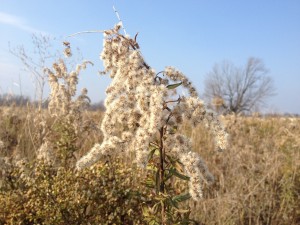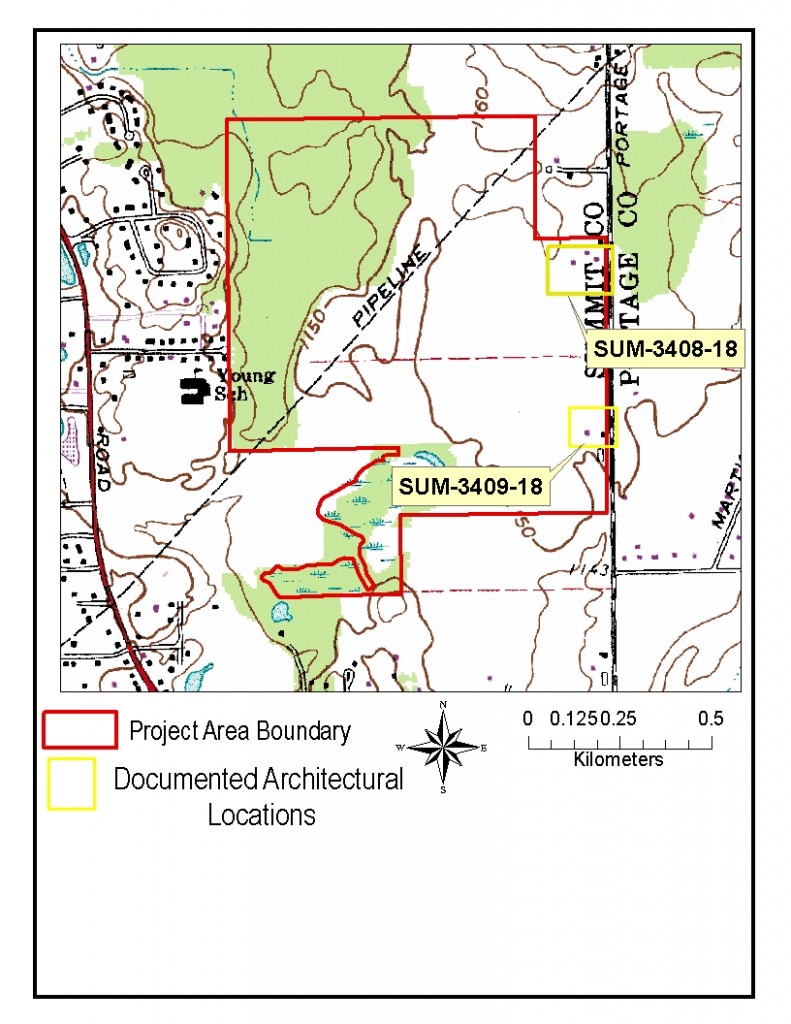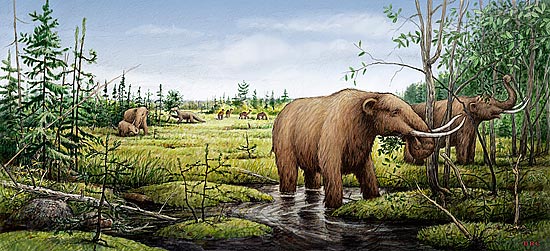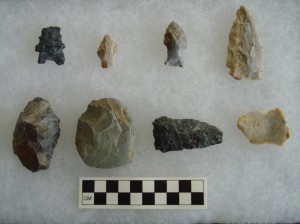Springfield Bog Metro Park:
Springfield Bog became part of the Metro Parks, Serving Summit County system in 2009 and opened to the public in 2011. The park consists of 165 acres of former agricultural fields, kettle bog, and wetlands.  Most of the park land was owned by generations of the extended Young family, beginning with Frederick Young in the early 1800s. It was cultivated with mixed crops and dairy herds until the early 1990s when the focus shifted to soybeans as a cash crop. The agricultural fields were planted with soybeans for several years before Metro Park acquired the land. By summer 2012, the fields were already beginning to resemble the pre-agriculture prairie ecology that the park is replicating. The park is in the southeastern-most corner of Summit County and can be reached on Portage Line Road.
Most of the park land was owned by generations of the extended Young family, beginning with Frederick Young in the early 1800s. It was cultivated with mixed crops and dairy herds until the early 1990s when the focus shifted to soybeans as a cash crop. The agricultural fields were planted with soybeans for several years before Metro Park acquired the land. By summer 2012, the fields were already beginning to resemble the pre-agriculture prairie ecology that the park is replicating. The park is in the southeastern-most corner of Summit County and can be reached on Portage Line Road.

The Springfield area sits on the Continental Divide causing some of the streams to flow south into the Tuscarawas River and the other streams to flow north into the Cuyahoga River; then to Lake Erie. The new park differs from other Metro Parks in the county, as it is flatter with rolling hills and lacks the deep ravines formed by tributaries of the Cuyahoga River. The glaciers left behind numerous small lakes and kettle bogs; both Springfield Lake and the park’s bogs are glacially formed.
Springfield Township:
Springfield Lake is in the center of the township and there is no central crossroads or hub community. Small communities developed around the first mills or crossroads. The most notable is Tritt’s Mill at Massillon and Mayfair Roads. Around 1835, the mill produced flour, then became a sawmill and later a cider mill. The mill’s dam, pool, and buildings can still be seen today.
Prehistoric Springfield:
This type of land formation was a source of food and raw materials for early peoples. They attracted waterfowl and other animals; and contained plants that were used for food and fiber.

An artist’s representation of an Ice Age bog. http://www.news.wisc.edu/story_images/0000/1705/Mastadon_Illustration09_550.jpg
Bogs with great depths of peat would often entrap large animals and Native Americans could drive these animals, such as mastodon, into bogs. The animals, now stuck in the peat, could be killed and butchered by prehistoric peoples.
Springfield Lake would have attracted Native Americans to fish for large black bass and hunt waterfowl. An unknown author wrote that “…in 1797 the water of the lake was higher, the margins of the shore were pure white sand and clear of weeds.” Local lore was the Native Americans kept the area free from weeds and used the lake for rituals, believing the waters had sacred properties such as cleansing the soul.

